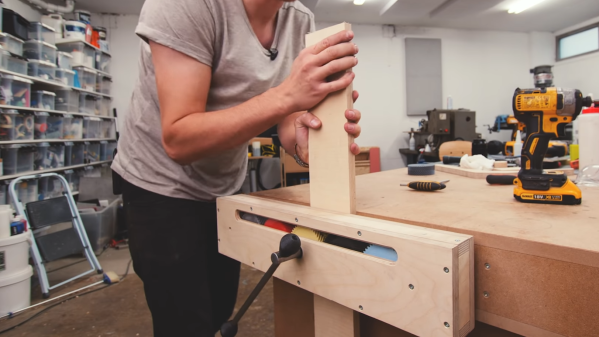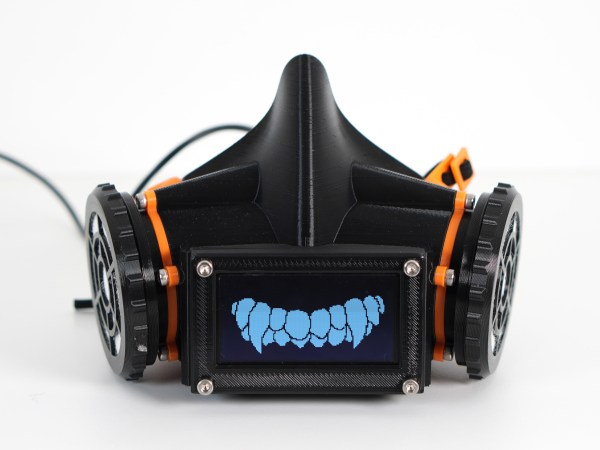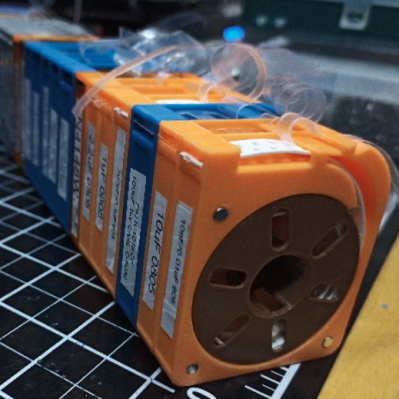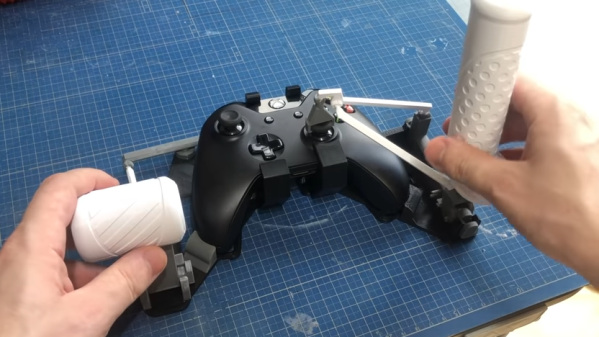[markw2k9] has an Alexa device that sits in his kitchen and decided it was time to spruce it up with some rather uncanny eyes. With some inspiration from the Adafruit Uncanny Eyes project, which displays similar animated eyes, [markw2k9] designed a 3d printed shell that goes on top of a 2nd generation Amazon Echo. A teensy 3.2 powers two OLED displays and monitors the light ring to know when to turn the lights on and show that your smart speaker is listening. The eyes look around in a shifty sort of manner. Light from the echo’s LED ring is diffused through a piece of plexiglass that was lightly sanded on the outside ring and the eye lenses are 30mm cabochons (a glass lens often used for jewelry).
One hiccup is that the ring on the Echo will glow in a steady pattern when there’s a notification. As this would cause the OLEDs to be on almost continuously and concerned for the lifetime of the OLED panels, the decision was made to detect this condition in the state machine and go into a timeout state. With that issue solved, the whole thing came together nicely. Where this project really shines is the design and execution. The case is sleek PLA and the whole thing looks professional.
We’ve seen a few other projects inspired by the animated eyes project such as this Halloween themed robot that is honestly quite terrifying. The software and STL files for the smart speaker’s eyes are on Github and Thingiverse.
Continue reading “A Smart Speaker That Reminds You It’s Listening”



















